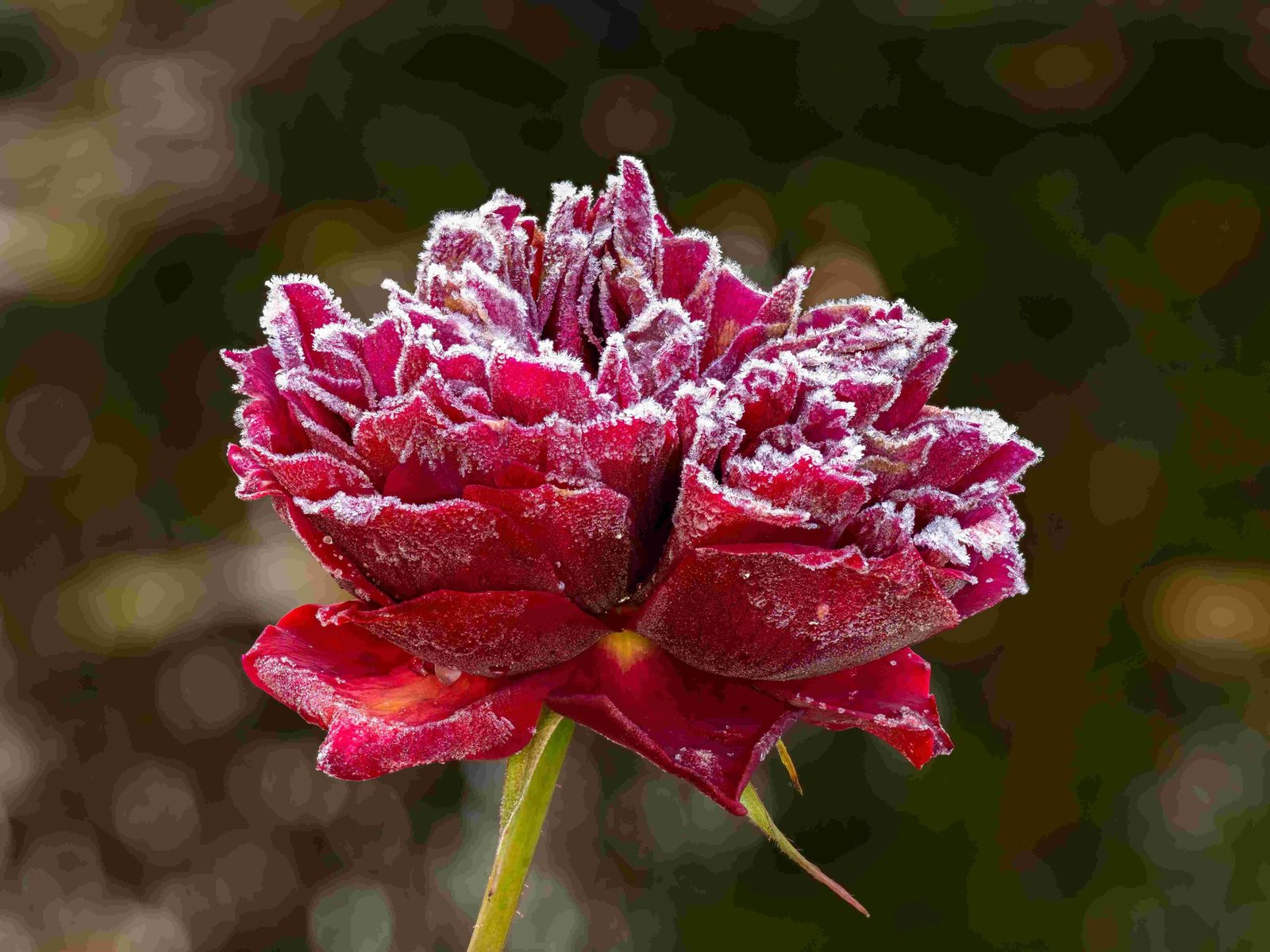Do You Need Rooting Hormone for Rose Cuttings?

When propagating roses from cuttings, the use of rooting hormone is a topic of debate. Rooting hormone can significantly improve the success rate of rooting rose cuttings, but it’s not always necessary. Let’s explore the benefits, drawbacks, and optimal conditions for using rooting hormone for rose cuttings.
What Are the Benefits of Using Rooting Hormone for Rose Cuttings?

Increased Success Rate: Rooting hormone can stimulate root growth and development, leading to a higher success rate in rooting rose cuttings. It mimics the natural plant hormone auxin, which promotes root formation.
Faster Rooting Process: Using rooting hormone can speed up the rooting process, typically taking between two to eight weeks, compared to cuttings without the hormone.
Robust Root Development: Rooting hormone can result in more robust and healthy root systems compared to cuttings without the hormone.
Beneficial for Challenging Varieties: Rooting hormone can be particularly helpful for rose varieties that are more challenging to propagate.
What Are the Drawbacks of Using Rooting Hormone for Rose Cuttings?
Potential Damage: Using too much rooting hormone can damage the base of the stem cutting, making it unable to take up water and more prone to disease.
Skin and Eye Irritation: Some synthetic rooting hormones can cause skin and eye irritation upon contact.
Not Necessary for All Plants: Rooting hormone is not essential for all types of plants, and some, like succulents, can root well without it.
What Are the Optimal Conditions for Rooting Rose Cuttings with Rooting Hormone?
Temperature: A temperature range of 65°F to 75°F (18°C to 24°C) is generally optimal for rooting rose cuttings with rooting hormone.
Humidity: High humidity, often achieved through misting or covering the cuttings, helps maintain moisture and promote root growth.
Time Frame: With rooting hormone, roots can develop within 2-8 weeks, depending on the type of rose and environmental conditions.
How to Prepare Rose Cuttings for Rooting Hormone Application?
Cutting Lengths and Angles: Cuttings should be 6-12 inches long for hybrid tea and shrub roses, and shorter for miniature roses. Cut the stem at a 45-degree angle just above a node.
Best Practices: Use a clean knife or shears, remove any leaves or flowers from the node area, moisten the bottom few inches of the cutting, and dip the moistened area briefly into the rooting hormone before planting.
What Are the Specific Challenges and Considerations?
Potential Toxicity: Be cautious when handling synthetic rooting hormones, as they can cause skin and eye irritation.
Compatibility with Different Rose Varieties: Some rose varieties may be more challenging to root than others, and using rooting hormone can help improve success rates.
Environmental Factors: Ensure the planting medium is moist but not wet, provide light without direct sun, and maintain high humidity and optimal temperatures for successful rooting.
In conclusion, while rooting hormone can be beneficial for rooting rose cuttings, it’s not always necessary. Understanding the benefits, drawbacks, and optimal conditions can help you make an informed decision on whether to use rooting hormone for your rose propagation efforts.
